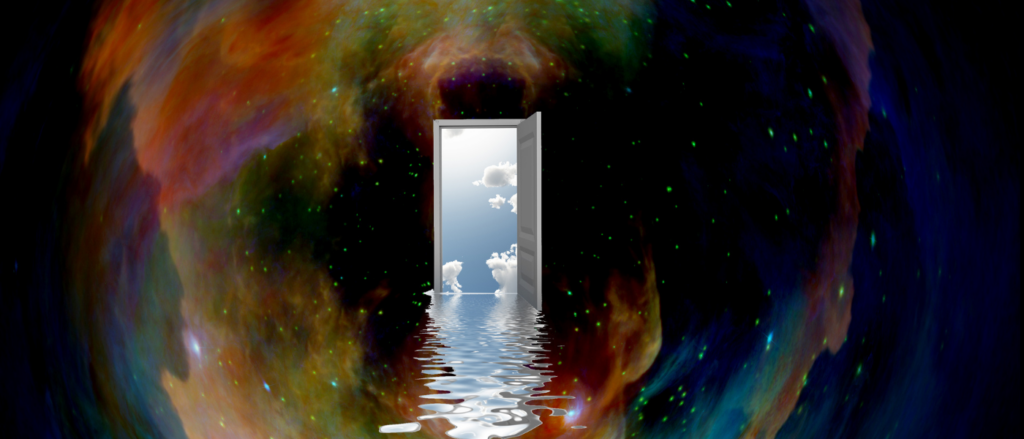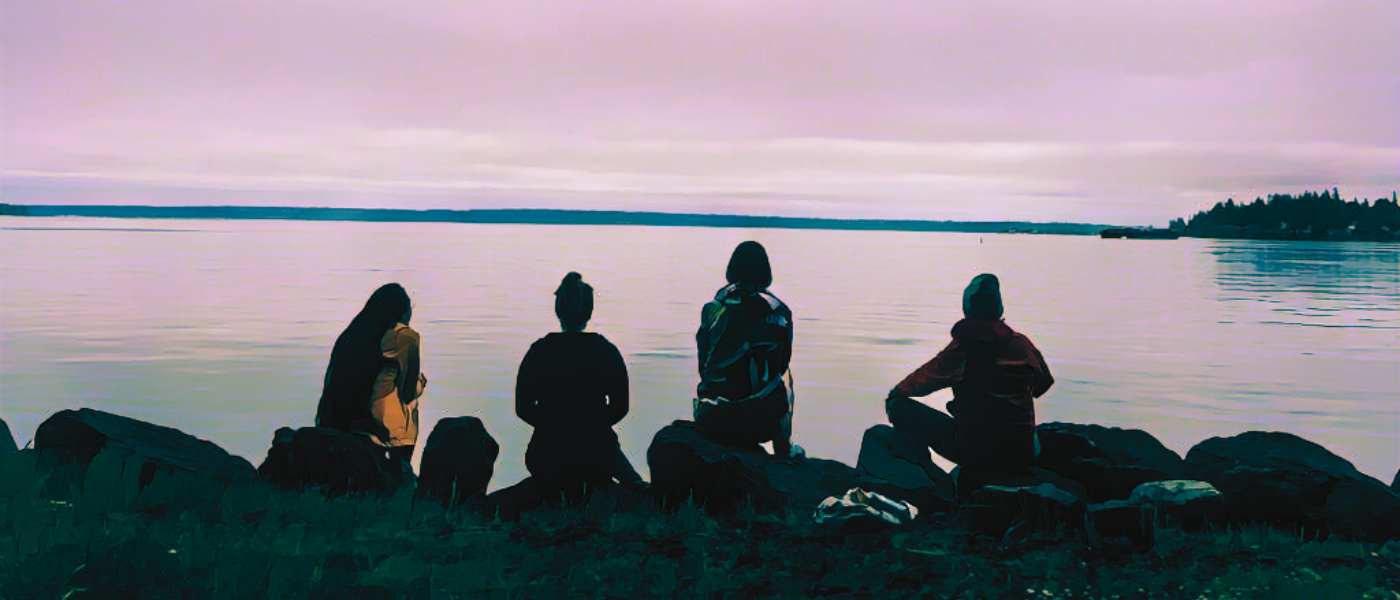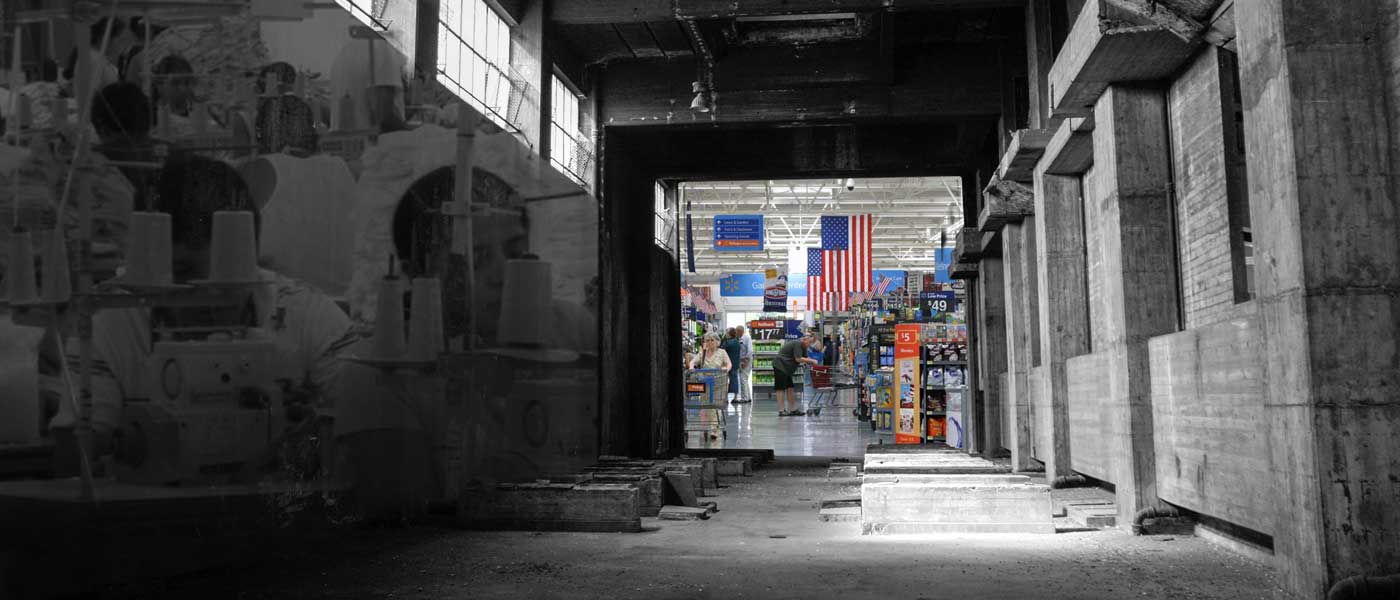Editorial Note: Margaret Whitehead was a Finalist for our Editors-in-Chief position for our 2024 Community Anthologies. We invited our finalists to write a short piece on the topic of their proposed anthology. Below, get insight into “On Thresholds,” the anthology topic that Maragret had proposed for their Community Anthology.
At a residency this year, I took one day to compile an inventory of the recurring images in my memoir. Some motifs — magicians, pond fish, unicorns — came as a surprise; I hadn’t realized how thoroughly they were sprinkled throughout the pages of the book. Others I anticipated finding, because they’ve been with me my whole life, close to the surface, objects of obsession and orientation. I knew already, for instance, that my manuscript was riddled with doors.
I’ve always been drawn to thresholds: discovering them, crossing them, standing in them to feel that precise and electric moment of suspension. A threshold is not just a passageway, but the exact point at which a passageway opens. It is not the dark of an unknown tunnel, but the charge in the space right where the air turns from light to shadow. A threshold is a point of change, a means of leavings and returnings. It can be literal or unseen but deeply felt. Those thresholds that live with me, that occur and reoccur in my imagination, are physical, narrative, and figurative spaces:
a half-door in the school hallway – the trapdoor in the ceiling of a theater’s sound booth – the tollbooth dropped into a bored child’s bedroom –
We talk about stepping over a threshold as irrevocable, as a moment of not only significance but permanent change. Our literary mythology agrees: the many secret doors of children’s literature are easily found and moved through, but less easily recovered. And then:
login screens – metal detectors mandatory for passage – military checkpoints –
An interrogation of thresholds is necessarily justice-oriented, as thresholds — contested spaces — are inextricably tied to power. Who among us has the power to erect and defend thresholds — national and domestic border crossings, red tape at its most pernicious, prison gates, entrance exams? Whose personal thresholds — body, home, family — are most vulnerable to power? Thresholds are also, of course, a key breaking point: a place of activism, movement, and change.
beyond where we are – beyond right now – beyond what we know –
When I began thinking about thresholds, I held them as something closer to boundaries: sites of justified and unjust trespass; vehicles for leavings and returns; and borders of our own bodies and cells. But the more I home in on them, the more clearly I see a space where something has not yet been determined. Which way will we go? Will we pass through? What will we leave behind? What will we be unable un-do, un-witness, erase?
I wonder as well what we can learn from examining the supposed strictures of this space in our lives and in our creative work. If thresholds are ostensibly one-way, how can we break from being forced into unidirectionality? What could we gain if we rejected the narrative conceit of linear progress? What if we embraced thresholds not as a means, but as their own end — as spaces honoring the undecided, the wrestling-grappling, the hovering, the not-yet?




